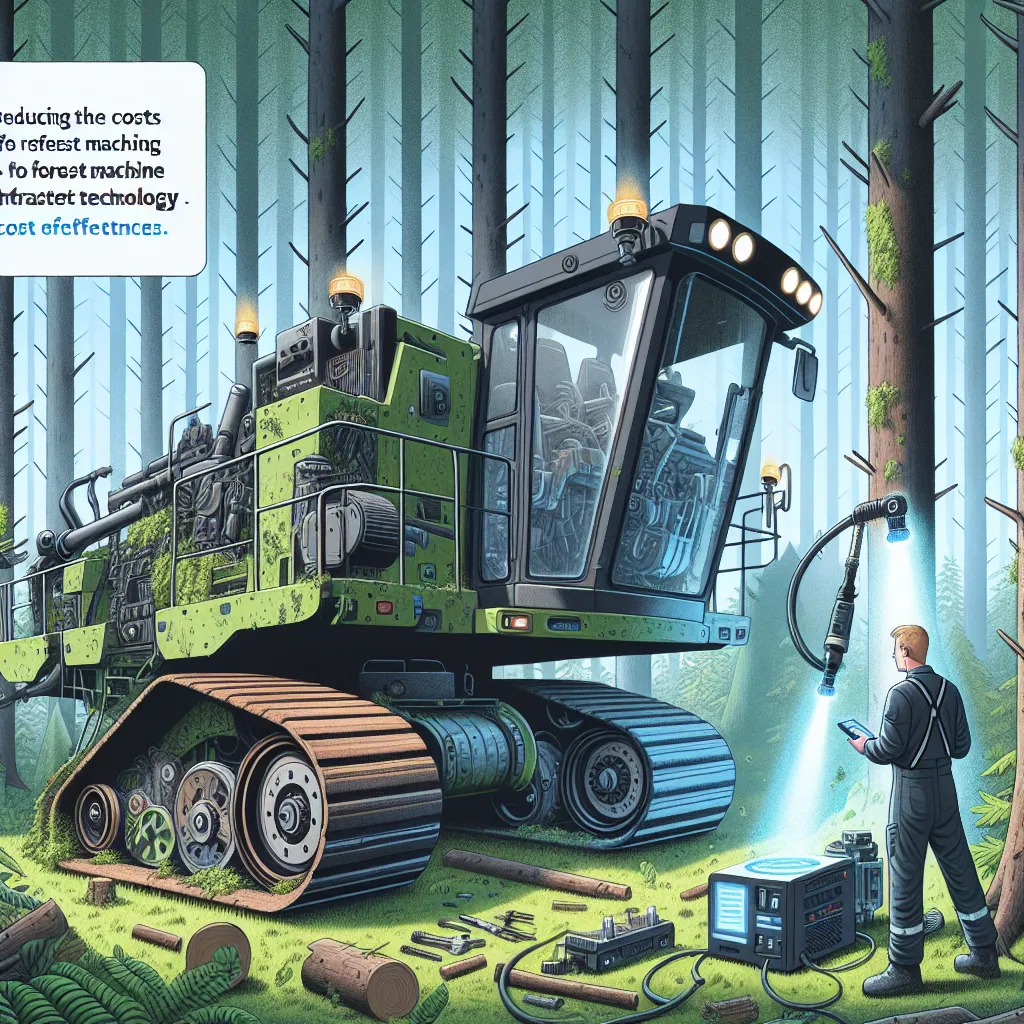Jak obniżyć koszty napraw maszyn leśnych z użyciem technologii infiltracji PRP?
Technologia infiltracji PRP to innowacyjne podejście do napraw maszyn leśnych, które może obniżyć koszty związane z konserwacją i regeneracją urządzeń leśniczych. Wykorzystując specjalną mieszankę składników aktywnych, takich jak trombocyty i czynniki wzrostu, technologia stymuluje naturalne procesy naprawcze, co przekłada się na oszczędności finansowe dla przedsiębiorstw leśnych. Korzyścią z zastosowania technologii PRP jest skrócenie czasu regeneracji, zmniejszenie strat związanych z wyłączeniem maszyn z eksploatacji oraz obniżenie zużycia części zamiennych. Artykuł opisuje także optymalizację serwisowania maszyn leśnych z wykorzystaniem PRP, co pozwala na efektywne zarządzanie naprawami oraz minimalizację kosztów. Wprowadzenie technologii PRP do procesu napraw maszyn leśnych ma istotny wpływ na obniżenie kosztów utrzymania floty pojazdów, co przyczynia się do zwiększenia efektywności pracy maszyn oraz zmniejszenia wydatków związanych z ich utrzymaniem. Całość artykułu prezentuje innowacyjne rozwiązania w leśnictwie, zachęcając czytelnika do zgłębienia tematu infiltracji PRP w regeneracji maszyn leśnych.
























